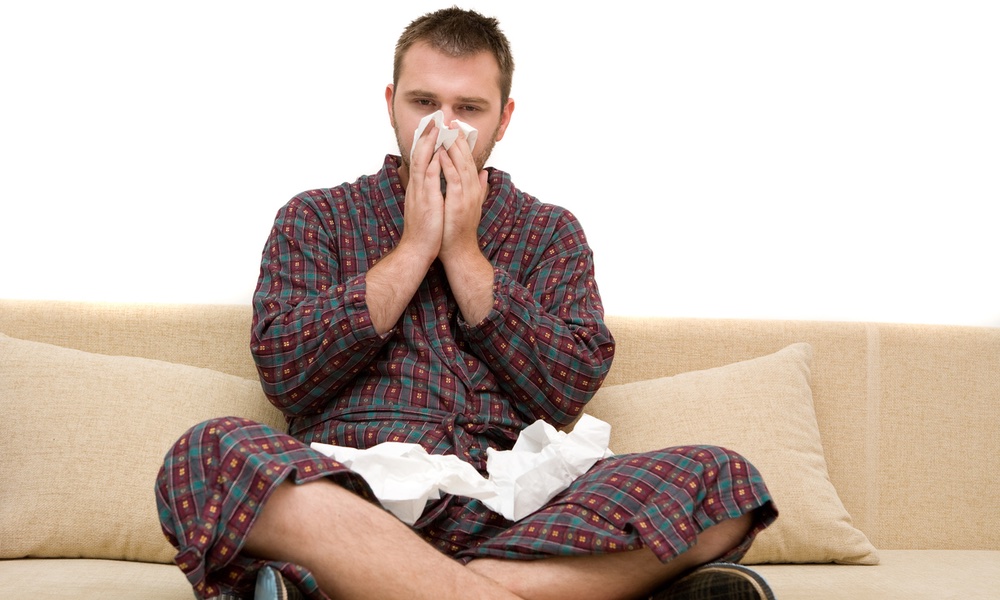A survey of dishwashers from six continents has revealed them to be breeding grounds for a host of fungi — yeast and molds. And over half were found to harbor two species of black yeast which are known to cause disease in humans.
It's not known how much of a health risk this poses. But it's probably not covered by the warranty.
Both species are documented human pathogens. They're especially troublesome to people with cystic fibrosis, frequently causing lung infections.
Dishwashers aren't normally thought of as good sites for microorganisms to breed. The combination of high temperature, strong detergent and alkaline pH is more than enough to kill most microorganisms. But apparently not all of them.
Black yeasts are unusual microorganisms. Their name comes from the fact they produce the dark pigment melanin, unlike other yeasts. In nature, black yeasts are often found growing in extreme environments including those with high or low temperatures, high UV radiation, little nutrients or water and other daunting conditions. In human habitats, they've been found in humidifiers as well as bathing facilities and steam baths.
The two black yeasts found in this study were both members of the genus Exophiala (E. dermatitidis and E. phaeomuriformis). Both species are documented human pathogens. They're especially troublesome to people with cystic fibrosis, frequently causing lung infections.
Sixty-two percent of the dishwashers tested positive for fungi; 56% tested positive for Exophiala.
The study sampled 189 dishwashers in private homes of 101 towns or communities. A total of 102 of these were from Slovenia and 42 were from other European countries. The rest were from various locations on the other five continents.
The researchers wonder what other household appliances might be harboring harmful fungi like black yeast. The combination of high temperature, moisture and alkalinity brings clothes washers to mind.
Before you throw out your dishwasher, you might want to consider how the issue of toxic rugs has been playing out. Way back in February 1998, Scientific American published an article describing the dangers of indoor pollutants. Part of it dealt with how carpets can accumulate a surprisingly large concentration of toxic chemicals and microorganisms. The article noted that: "If truckloads of dust with the same concentration of toxic chemicals as is found in most carpets were deposited outside, these locations would be considered hazardous-waste dumps."
Yet while indoor pollutants like those found in carpets certainly shouldn't be ignored, no consensus seems to have developed over the last dozen years that home carpeting poses a major public health threat.
An article on the dishwasher survey was published online by Fungal Biology on May 5, 2011 and will also appear in a future print edition of the journal.




